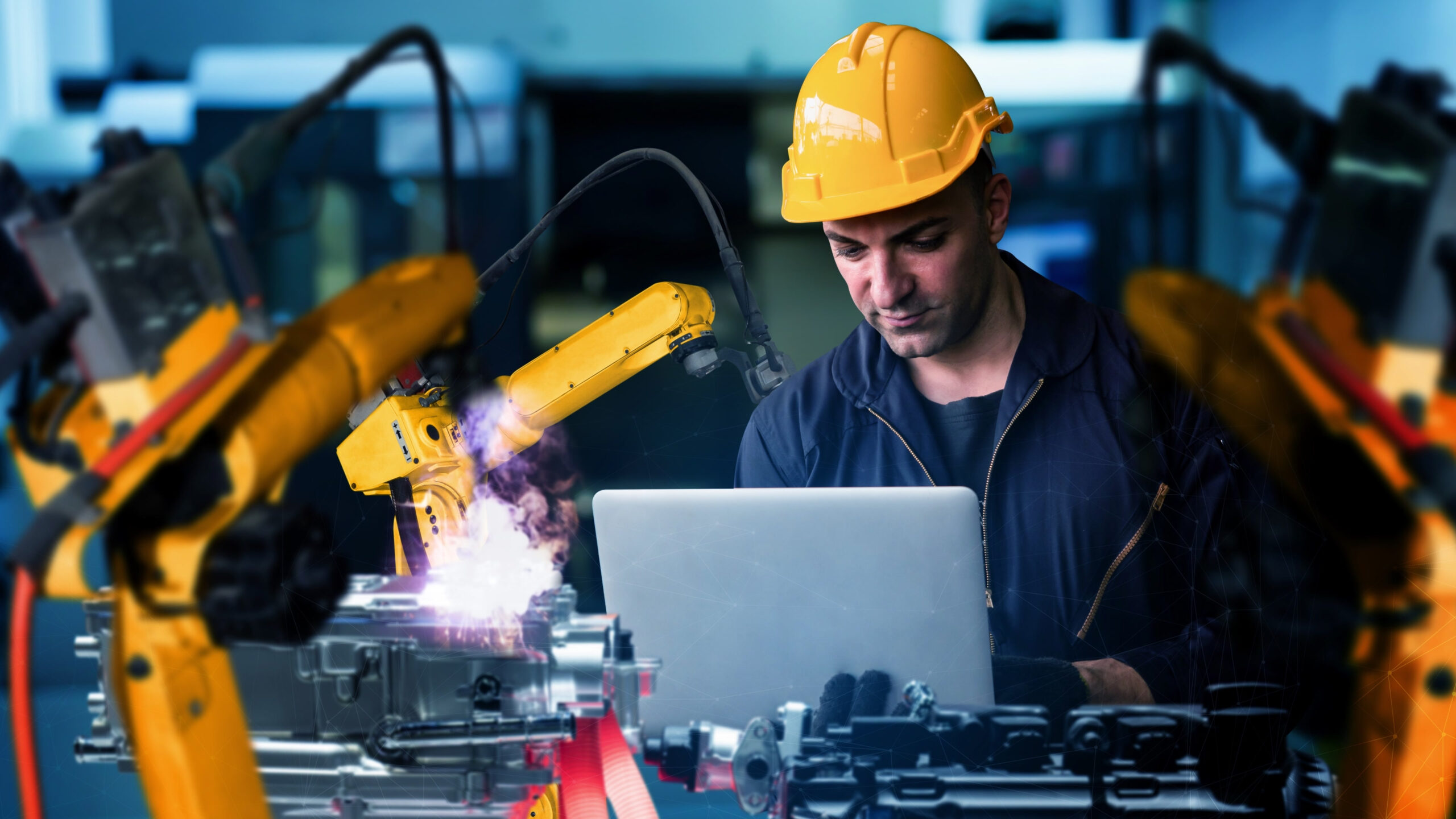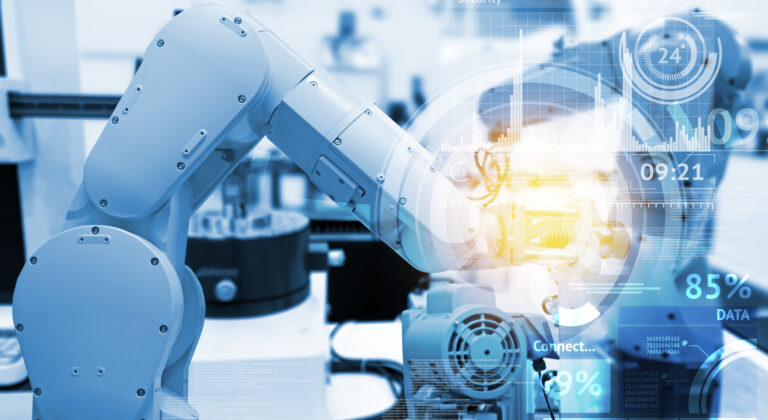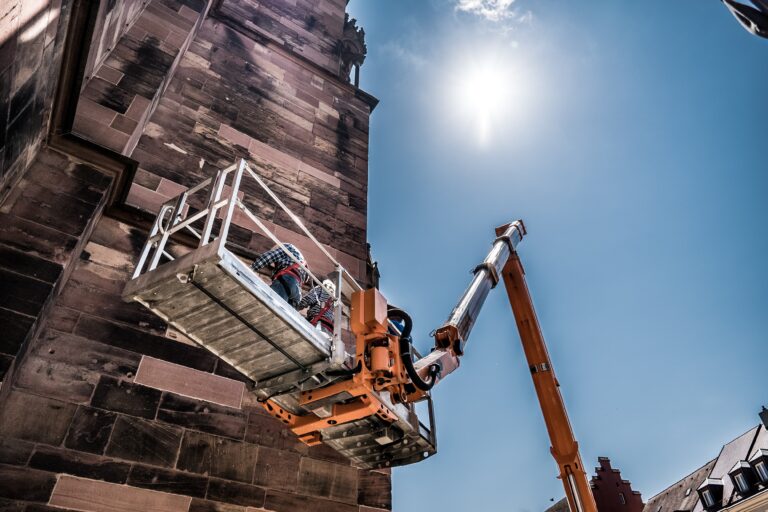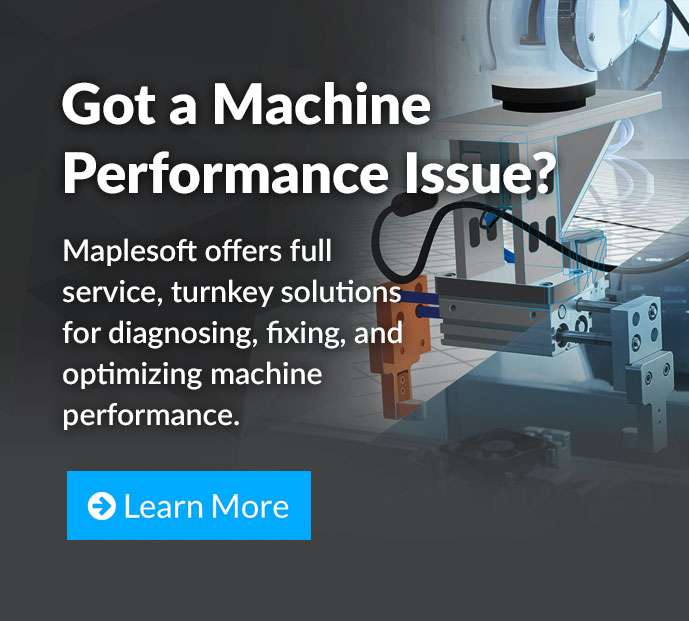
By all accounts, many of us are in the homestretch of the COVID-19 pandemic. While certain countries continue to experience rising cases, the overall picture is now one of mass-vaccinations, improved treatments, and optimism. Many of us are still working remotely, using new technologies to get our work done off site – technologies like digital twins. As we slowly return to physical work spaces, some of our tools will certainly remain useful – we’re all more fluent in videoconferencing, online collaboration, and more. For us in the world of industrial automation, using digital twins will persist long after the pandemic ends- and here’s why.
When physical travel and site visits were effectively paused in 2020, companies scrambled to find ways to keep things moving virtually. This was the final push that some companies needed to embrace more virtual design technologies as a way to reduce the physical prototyping and commissioning they would traditionally require. For some, using digital twins served as a way to keep the prototyping process moving, and to iron out design issues that they’d typically find with a physical prototype.
Others were using digital twins as a building block towards virtual commissioning – a powerful way to design, test, and optimize machine control code without the need for an on-site, physical machine. When international borders were closed, virtual commissioning also played a key role in helping companies fix machines that were already shipped and operating. OEM’s could replicate issues virtually, diagnose root causes, and find solutions to these problems (such as unwanted vibrations) by modifying the machine’s control code. The “code” could then be delivered, virtually, to the machine’s location – effectively fixing a solution that would have been a massive headache during the restrictions of a pandemic.
What happens now?
As the rest of 2021 unfolds, most engineers will increasingly be able to travel and get their work done on location. Even though we’ve all found new ways of working virtually, every industry is still suffering, to varying degrees, by restricting in-person activities.
So, when we return to physical offices, commissioning sites, and customer visits – can’t we just get back to the physical prototyping and commissioning that we’re used to?
Well, you can – but you shouldn’t.
Even with the return of pre-pandemic travel and on-site activities, using digital twins can continue to help you with everything from fixing machine issues to faster commissioning of new products. Depending on how you’ve been using these technologies, you’ll definitely want to hold onto them in some way.
Find Efficiencies Using Digital Twins
One of the main reasons you’ll want to keep using digital twins is because they help you find cheaper, more optimal solutions to machine design issues. You’ll probably be happy to collaborate in person again, and test out physical systems together, but this whole process improves if you keep digital twins as part of the process. If you’re sizing motors on a new machine, for example, it’s still much more efficient to get precise loading requirements from a digital twin, then use that information to build a physical prototype.
You’ll also want to keep digital twins around to fix the inevitable problems that arise during prototyping, or worse – when a shipped machine starts to malfunction. Even though you’ll be able to diagnose these issues in the presence of the physical machine, you still might not find the best solutions to the issues you face. In these situations, you can think of using digital twins as a way to reference the ultimate operations manual for a given machine. Use that digital twin to replicate the issue, then quickly identify the key components of your system that are giving rise to that issue. With this kind of information, you’ll be arriving on-site to your machine with simulation-backed strategies for a quick fix (and often a cheaper fix, too, since you won’t risk replacing parts that aren’t part of the key issue).
Virtual & Physical Commissioning are Better Together
Digital twins were probably most useful to engineers as the key technology to enable model-based, virtual commissioning of machine dynamics. Often times, the process of commissioning a new machine is highly variable in terms of the time and money it will take to get everything working together. Even the best controls engineers will find that physical machines don’t always respond to controllers as they’d expect. During the height of the pandemic, virtual commissioning allowed engineers to make significant headway into the commissioning process, even if they were halfway across the world from the machine itself.
Pandemic or not, traveling to the site of a machine can be costly. The more time a machine spends in commissioning, or out of operation due to issues, the more you and your customers suffer. Why not continue to minimize the time and money involved in commissioning by continuing to optimize everything virtually, first?
Virtual commissioning doesn’t replace the physical requirements of machine commissioning completely. It simply allows you to know, more confidently than ever, that your control strategies will actually work when they’re deployed on the hardware itself. That can translate into faster machines, less time commissioning, and a better experience for your customers.
If you keep using virtual commissioning as part of your processes, your travel budget might stand to be reduced significantly – which means less time spent getting machines running, and more production for your customers.
Haven’t Used Digital Twins or Virtual Commissioning Yet?
Let’s finish on this – you might be reading this and thinking, “What if I didn’t use either of these technologies in 2020? Can’t I get by without them, now that travel is opening up again?”
Even though traditional, on-site engineering workflows are becoming easier now that travel is opening up, you’re still probably going to have issues that would have been a simple fix with digital twins. If you’re ramping up your business as the industry nears the final stages of the pandemic, you might not have the time to take on a new skill.
Many providers of digital twins offer end-to-end services for solving specific issues you might have with a machine. If you find yourself committing too many resources to fixing a specific machine issue (whether during machine design, or when fixing a problem for an already-shipped machine), you might consider seeking a solution from these digital twin provides. Once you see the overall cost of a digital twin-based solution, you’ll see how inexpensive it can be to fix issues using software, instead of ordering new components.
No matter where you’re at with digital twins and virtual commissioning, 2021 looks bright for machine builders, and new technologies are a key part of our optimism.







